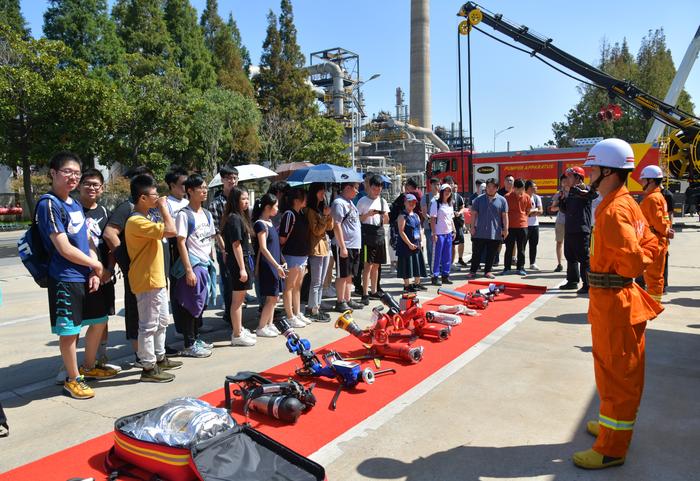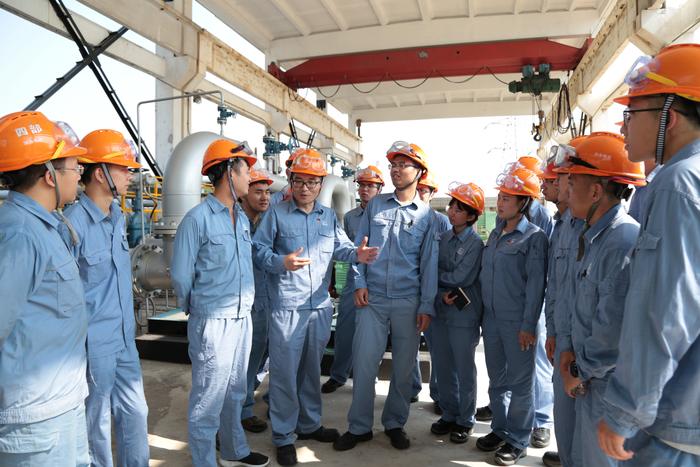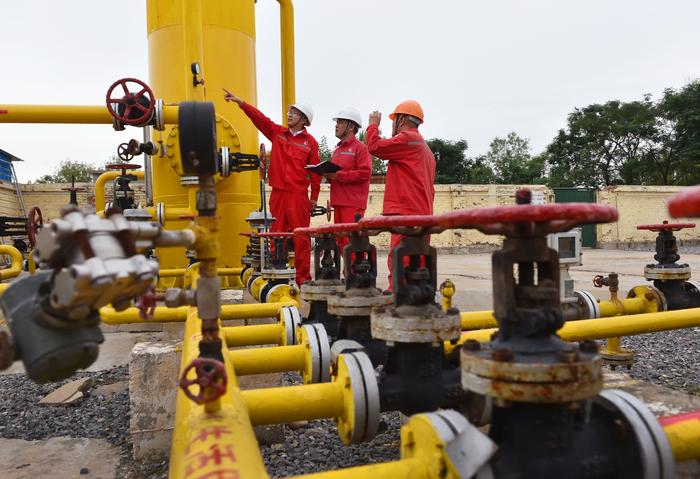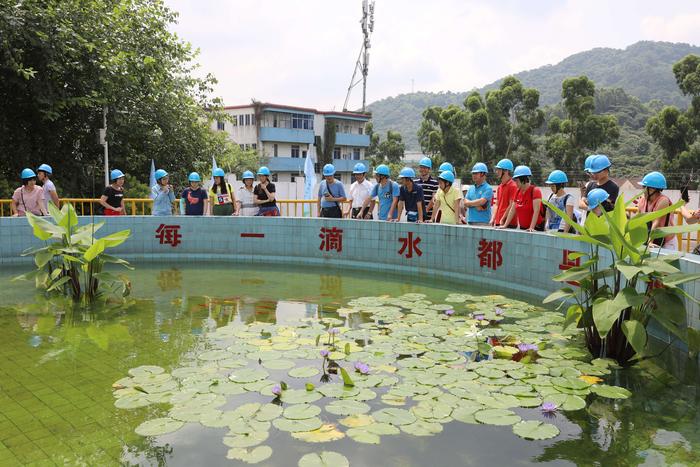|
| 2019-09-20 来源: 中国石化新闻网 |
| 石化新闻 |
|
中国石化新闻网讯 据天然气资讯9月19日消息称,Wood Mackenzie在Gastech讨论的最新研究显示,阿根廷天然气产量不断上升,以及全球液化天然气运输成本具有竞争力,预计将使该国在亚洲天然气供应需求高峰期成为一个新兴来源。 全球液化天然气需求正呈现季节性增长,阿根廷夏季液化天然气产量可能达到峰值之际,正值亚洲公用事业企业冬季需求强劲。这种季节性变化可能会吸引亚洲买家,并为阿根廷液化天然气提供强有力的经济理由。 此外,阿根廷液化天然气(LNG)工厂运往亚洲市场的运输成本低于美国墨西哥湾沿岸设施,避免了巴拿马运河可能出现的拥堵,并为美国出口提供了更廉价的替代方案。 在Vaca Muerta项目的支持下,阿根廷在内乌肯盆地的天然气产量将在未来几年内增加,预计2024年将开始大规模的液化天然气生产。根据这项新研究,Wood Mackenzie预计,当年液化天然气产量可能达到600万吨/年,到2030年可能增至1000万吨/年。 到2024年,来自Vaca Muerta的伴生天然气也将占阿根廷天然气产量的15%,而其他凝析油和干气窗口的项目也将在未来几年全面开发,每百万英热单位盈亏低于3美元。 阿根廷需求中心附近缺乏地下天然气储存设施,这意味着流向潜在液化天然气出口终端的天然气也将是季节性的。 尽管季节性液化天然气工厂的使用带来了其他价格挑战,Wood Mackenzie估计,阿根廷液化天然气(包括运往日本的船)的盈亏为每百万英热单位8美元。 拉美天然气与液化天然气首席分析师毛罗•查韦斯•罗德里格斯在休斯顿的加斯泰克表示:“Vaca Muerta的天然气产量已显著改变了阿根廷天然气的前景。它已经为当地工业带来了廉价的天然气,并支持新的主要天然气管道的建设。 “然而,即便是国内需求和对智利和巴西等邻国的出口都不足以满足Vaca Muerta的天然气潜力。液化天然气出口可能是一个解决方案,使Vaca Muerta的生产能够继续增长。 “对于那些希望在北美以外地区实现供应多样化的企业来说,阿根廷的液化天然气可能更有吸引力。对于亚洲公用事业公司来说,其产量的季节性也可能被视为一种优势,这些公司正寻求合同,以应对北半球几个月的需求高峰。 “我们看到,寻求外国投资的亚洲企业还有更多机会,不仅是在上游,还包括主要的中游基础设施,比如:天然气加工厂、管道、石化产品和液化天然气出口工厂。” 曹海斌 摘译自 天然气资讯 原文如下: Argentina LNG exports positioned to meet peak demand in Asia Rising natural gas production in Argentina, coupled with competitive global LNG transportation costs, is expected to position the country as an emerging source of gas supply to Asia during peak demand periods, according to new research from Wood Mackenzie discussed at Gastech. Global LNG demand is showing increasing seasonality, and peak potential LNG production in Argentina during the summer months coincides with strong winter demand from utilities in Asia. This seasonal dynamic could attract Asian buyers and present a strong economic case for Argentinian LNG. In addition, Argentinian LNG liquefaction plants have lower shipping costs to reach Asian markets than US Gulf Coast facilities, avoiding potential Panama Canal congestions and presenting an overall cheaper alternative to US exports. Supported by the Vaca Muerta, Argentina’s production in the Neuquén basin will ramp up over the next few years, with major scale LNG production expected to begin in 2024. Based on the new research, Wood Mackenzie anticipates that LNG production volumes could potentially reach 6 million tpy in that year, which could then grow to 10 million tpy by 2030. Associated gas from Vaca Muerta will also represent 15% of Argentina gas production by 2024, and other projects in the condensate and dry gas window with breakevens below US$3 per million Btu will enter into full development in the upcoming years. A lack of underground natural gas storage facilities close to demand centres in Argentina means that gas flow to potential LNG export terminals will also be seasonal. Despite other price challenges posed by the seasonal utilisation of LNG plants, Wood Mackenzie estimates breakevens for Argentina LNG of US$8/million btu at delivery ex. ship for Japan. Speaking at Gastech in Houston, Mauro Chavez Rodriguez, principal analyst, Latin America Gas & LNG, said: “Vaca Muerta’s gas production has dramatically changed the outlook for Argentinian gas. It is already bringing cheap gas for local industry and also supporting the construction of new major gas pipelines. “Nevertheless, not even the domestic demand and exports to neighbouring countries such as Chile and Brazil are enough for Vaca Muerta’s gas potential. LNG exports could be a solution that enables Vaca Muerta’s production to continue the growth story. “Argentina’s LNG could be interesting to players who want to diversify supply outside North America. The seasonality of its output could be also seen as a virtue for Asian utilities that are looking to contract just for their peaking demand months in the northern hemisphere. “We see further opportunities for Asian players looking for foreign investment, not only in upstream, but also for major midstream infrastructure, such as: gas processing plants, pipelines, petrochemicals and LNG export plants.” |








